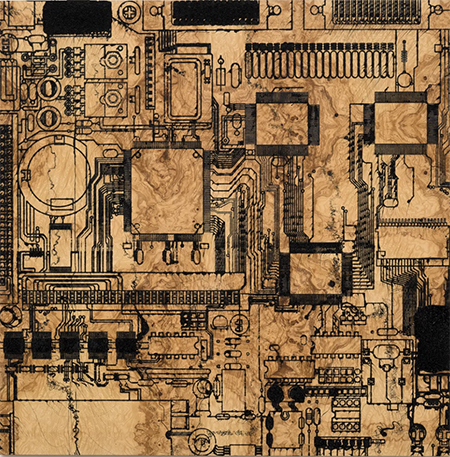
There has been a generational transition in LA that became apparent for even me to notice as the pandemic gradually lifted. These are my musings on mostly sorting and values from having observed our evolutiuon since about 1980.
In Los Angeles, numerous emergent and mature artists are represented by a bewildering array of galleries. The lion’s share of both attention and money flows towards the elite art corporations. This has long been a too frequently remarked upon topic because the LA base of financial support was not very good. It has always been “promising,” enough that a fair number of high-end galleries invested in LA for decades. On the whole, they were not successful enough to become profitable. Even Pace tried and failed back in the 1990s. Now they are back. Gagosian, which originated in LA and has occupied its Beverly Hills flagship since 1995, Marian Goodman, David Zwirner, Hauser & Wirth. It may be true, for the moment, that the corporate galleries covet establishing a perch in LA. Time have changed.
But the growth in the number of LA galleries includes plenty of mom-and-pop, by their bootstraps operations as well. That is really where the action is. Their ability to build and hold an audience puts them at the edge of the whole business of creativity. There are and will continue to be plenty who survive financially; some have grown Bel Air rich. A bunch will go out of business for any of a variety of reasons. Mainly: it’s difficult. As in not easy.
The DIY end of the spectrum includes popup galleries, coops, artist collectives, artist run spaces, and to a degree, artists’ studios. Dream it up and you can gain entree. No one expects to make a living, and these are not trust fund kids by any stretch. But a handful will stick, and I think that is the group that over time will have the largest impact shaping the art world as it continues to evolve.
There are still plenty of quality, experienced, and serious galleries that occupy a large middle ground. In my opinion that middle ground of galleries is what determines depth of quality in an urban art scene. We’re referring to galleries here, not the artists, who must remain the driving creative source.
The accumulation, and the preponderance, of my favorite professional relationships for over 40 years has not changed. These people might scrap by, or make a living, often a very good living, but they are the people most engaged personally in the art they handle and the artists they represent. There are some whom I have known for the entire last 40 years, or maybe close to it. They were always the reason I published ArtScene. It was always for that group.
We speak of a curator’s eye, usually it is with top museum curators in mind. But the committed mid- to high-level gallerists equate as independent curators as far as I am concerned. They all have a practiced eye, and their exposure as an advocate for their artists requires an authentic passion that energizes the person’s knowledge base and enables them to succeed – just not, usually, wildly. There is a modesty factor, and a desire to directly serve the clients. Realistically, most will outgrow youthful ambitions for differing targets. Some will be keepers. Such gallerists are not made to be sequestered in a public institution. The elite galleries and major museums truly benefit from being able to hire people of top caliber; the talent pool is quite deep for good reasons.
In baseball terms, there are a handful of major league franchises that compete each year to be number one. Then there are the high minor leagues and the low minor leagues. And beneath the professional level there are college teams, pony league, little league. Little league? Ever take your kids to a neighborhood rec center or a storefront that has everyone make ceramics or watercolors? Anyway, in baseball they use the quaintly archaic term “farm system” to describe their pipeline. At some point, maybe soon, the LA museum and gallery community will require a commissioner.
SoCal was first appreciated internationally for the quality and number of first-rate art schools and departments that are located in LA and Orange Counties. Flawed it may be, but there is nothing false or scammy about the creative system that has evolved here over the last eventful half century. This will be remembered as a golden time down the road; but what will we do with it?
